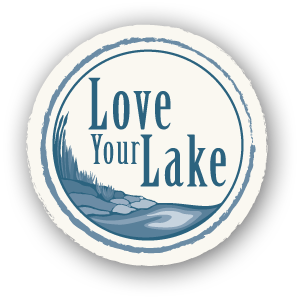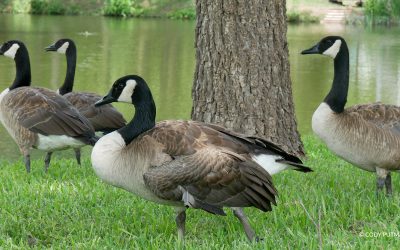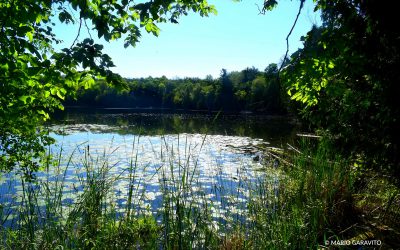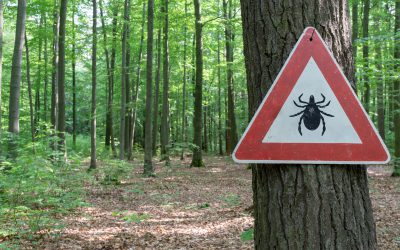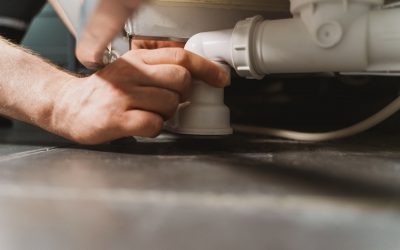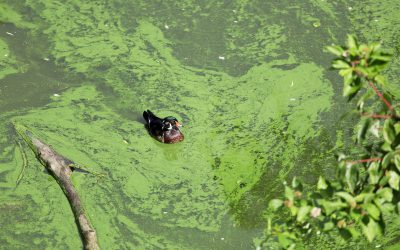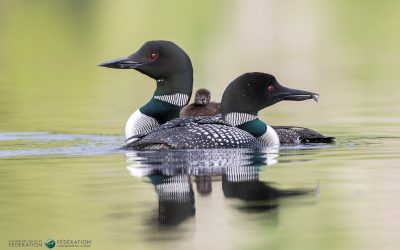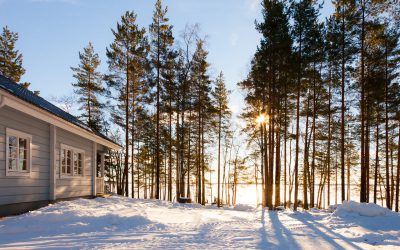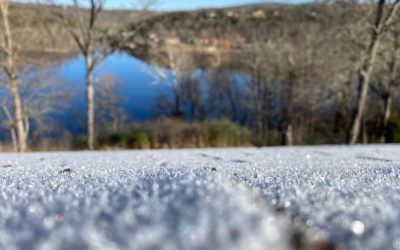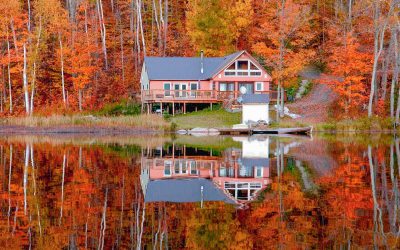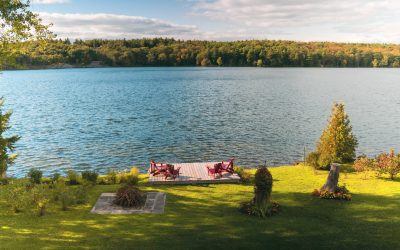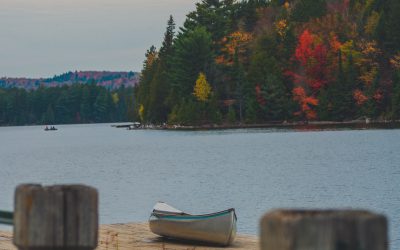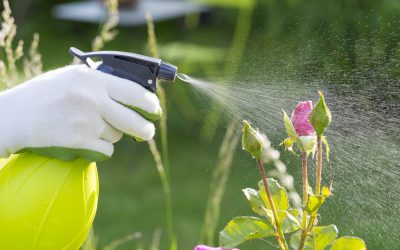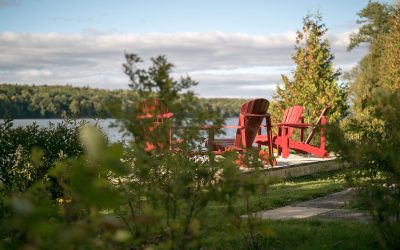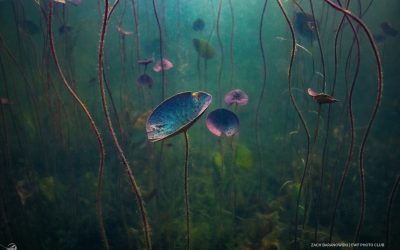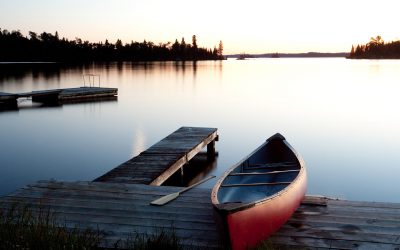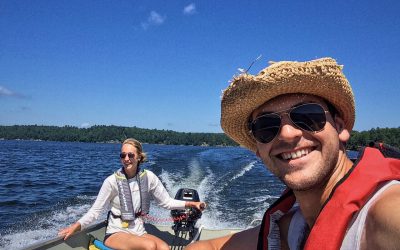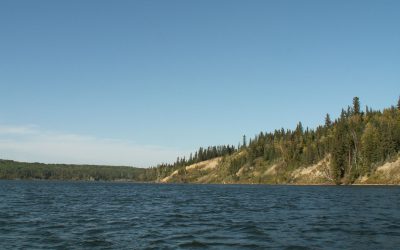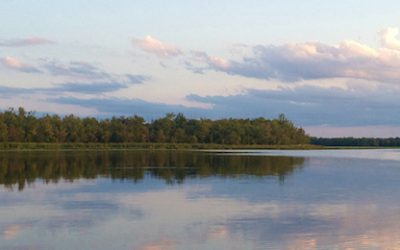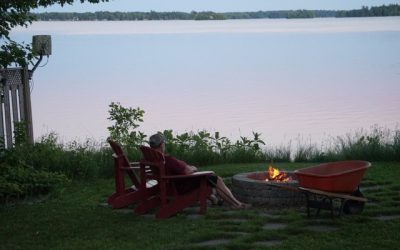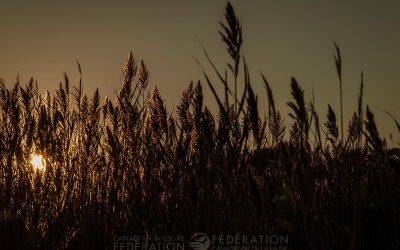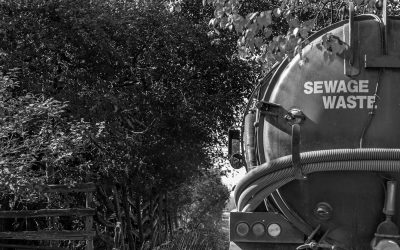Is a Gaggle of Geese Causing You a Gaggle of Issues?
If you have a shoreline property and are having issues with Canada Geese and the amount of droppings they leave on your lawn, it could be that you are unintentionally inviting them. There is no doubt that Canada Geese are attracted to shoreline properties that have...
10 Successful Years for Love Your Lake
Participating in Love Your Lake is a great way to gauge the health of your shoreline and your lake and become a steward of your local freshwater! Over the past 10 years, Watersheds Canada and the Canadian Wildlife Federation (CWF) have been proud to support waterfront...
Impacts of Wildfires on Lakes
Wildfires are a natural part of ecosystems and can even be beneficial. They recycle nutrients into the soil; they open the forest canopy and allow for new growth; and some species, like Jack Pine and Lodgepole Pine, need fire to open their cones and release their...
Protecting Your Shoreline Property from Ticks
We sometimes hear from people who are nervous about naturalizing their shorelines for fear of creating habitat that will attract ticks. Ticks are definitely something to be concerned about. However, you can create a beautiful shoreline buffer that will help protect...
Help Your Aquatic Neighbours: How to Properly Drain a Hot Tub
Did you know that there is a right and a wrong way to get rid of your hot tub water? Doing it the wrong way not only harms aquatic environments but can also result in large fines! In many provinces and territories, hot tub water is classified as grey water – like the...
Are We to Blame for Lakes Getting Warmer?
It seems that people, at least in part, are to blame for lakes getting warmer and for reduced ice cover. At least, that is what a study in the journal Nature Geoscience concluded. The paper published last year called “Attribution of global lake systems change to...
Algal Blooms – Concerning but Not Necessarily Intensifying
Nitrogen and phosphorous are two nutrients that are important for aquatic plants. While nitrogen and phosphorus occur naturally, many times these nutrients are in excess in our lakes because of human activity. It’s our actions that can tip the scale of these vital...
What’s Happening to Canada’s Common Loons?
Mention Common Loons and images of pristine lakes echoing with the enchanting calls of these beloved water birds probably comes to mind. However, recent data reveals a cry for help might be necessary to save this iconic Canadian species. Using four decades of data...
Winter at the Lake
Summer days of soaking up the sun, listening to the loons call from across the lake and taking out the kayak may be memories from the recent past, but the fun doesn’t have to end now that winter is here! While it’s true that cozying up to a warm fire, drinking a cup...
Waterways Under A-Salt!
If you thought the use of road salt only impacted our lakes and rivers in the winter, think again! Road salt, usually sodium chloride, is applied to our roads, sidewalks and parking lots in the winter to help keep these areas safe and to reduce accidents. While it...
Closing-up the Cottage With Nature in Mind
With fall comes sweater weather, beautifully coloured leaves, cooler temperatures, and for many — time to close the cottage for winter. Below are some shoreline-friendly tips to keep in mind as you wrap up another cottage season. Inside Your Cottage If your cottage...
11 Activities Lake Groups and Their Members Can Participate in for a Healthy Lake
One of the functions of lake groups is to implement programs that will rally shoreline property owners to help protect lake health and biodiversity. If you are looking for ways to engage property owners on your lake, there are many programs and activities that you can...
Turn Off the Lights!
We keep learning how artificial light impacts wildlife. While many species can be affected, migratory birds are particularly sensitive to lights left on at night. Migratory Bird Calls A recent study looked at the impact of light pollution at night and how this...
How Lake Associations Can Get Involved in Love Your Lake
We often hear from lake association members who are interested in having Love Your Lake delivered on their lake. This makes us very happy! Perhaps the lake association heard about the Love Your Lake program from a friend, a neighbour or they found our website while...
Protecting Your Gardens, Lawn…and Your Lake
Many people work hard to have a lush, green lawn. It’s a labour of love for many – the mowing, raking, weeding, fertilizer and pesticide applications – it brings a definite sense of pride. But did you know that what we do on our properties can impact the health of...
Natural is Beautiful
Your shoreline was meant to be naturally beautiful. Naturalized shorelines are cost-effective, ecologically responsible, stunning and they add value to your property. They’ll also provide welcome natural habitat for wildlife. Below are a series of before and after...
Has Your Lake Been Part of the Love Your Lake Program?
Have you downloaded your shoreline property report? If you have, great! That’s the first step in learning what actions you can take on your own property to improve your shoreline health and lake health. What’s even better is that it doesn’t have to take a lot of...
You Can Assess the Health of Your Shoreline
Use this self-assessment tool to understand how to improve your shoreline.
3 Easy Things to Do For Your Shoreline Property in 3 Years
Actions you can take that will improve your shoreline.
Coordinating Love Your Lake in Muskoka
Muskoka is a uniquely beautiful part of Canada.
Assessing Lakes in Saskatchewan
Last summer I was given the opportunity to participate in the Love Your Lake Program.
Shoreline Assessment Made Easy
Mississippi Lake Association member Rob Bell writes about his experience with Love Your Lake program.
So, We Received Our Love Your Lake Report…What Now?
Guest blogger Anne Gourlay-Langlois is a participant in Love Your Lake, a joint program from the Canadian Wildlife Federation and Watersheds Canada.
The Good, the Bad and the Invasive
Did you know that the second largest threat to biodiversity is invasive species?
Saved by the Boat! Learn How to Avoid Damaging Boating Practices
Sunny skies, subtle waves and fresh air — all the components of a great day on your boat.
5 Ways to a Healthy Shoreline
But if it’s not taken care of, our actions can also result in erosion, loss of wildlife habitat and…
Oh Crap! Take Care of That Septic System
Even though they’re out of sight, it is important not to forget about them.
Love Your Lake
Cruising out on the open water having the warm summer breeze blow by as the boat putts along…
Program co-ordinated by:


Funding Partners:


